Indie horror games trigger my fight or flight in a way larger series’ just don’t
No one is safe
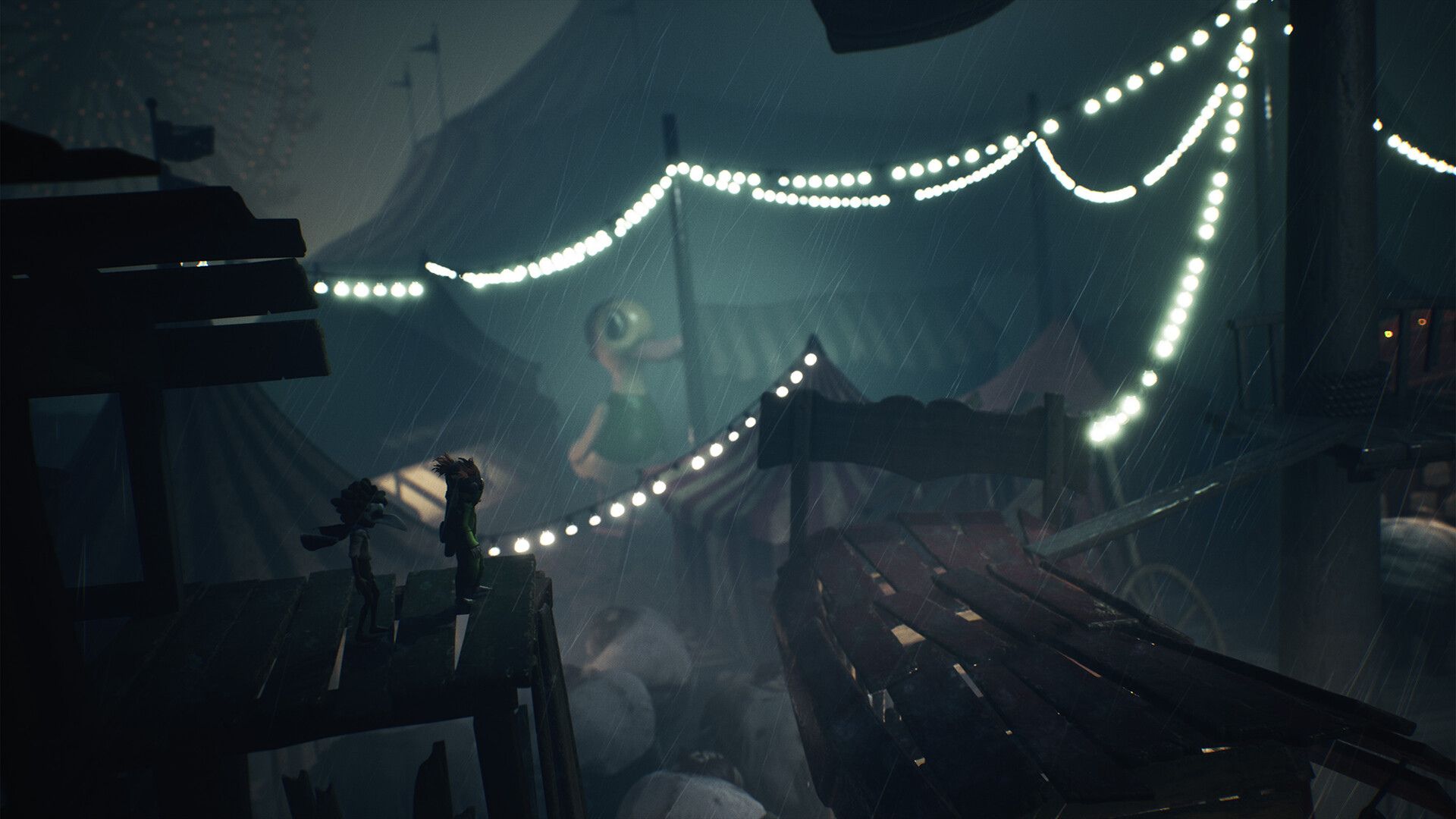
I’d love to start by saying I’m not easily startled, but that would be an utter lie. I jump at my own shadow when it’s caught in the wrong light and the slightest noise will keep me up for hours at night. Despite all this, I still adore playing through some of the best horror games, and while they do trigger my fight or flight to a certain extent, the best indie horror games I feel manage to do this more successfully.
What I find makes indie horror games so special is how they don’t necessarily terrify you with things like jumpscares and spooks, but they are tense throughout the whole experience and put you in situations that stick with you long after you’ve finished them. Which is sometimes where some of the more well-known horror games just lack. This constant tension may have you turning on your heel and running in an instant, once again referencing that fight or flight feeling.
But that’s not me saying the same can’t be said for series like Silent Hill and Resident Evil - my sister has been petrified by Pyramid Head for as long as I can remember. But there’s something about the best indie horror games that I find makes them more capable of playing on my fears than any of these blockbuster horror games. In a way, I think what drives me to play more indie horror is the game’s ability to immerse you into its settings from the very start of your experience in a way that feels unmatched by any AAA release.
Terribly tiny
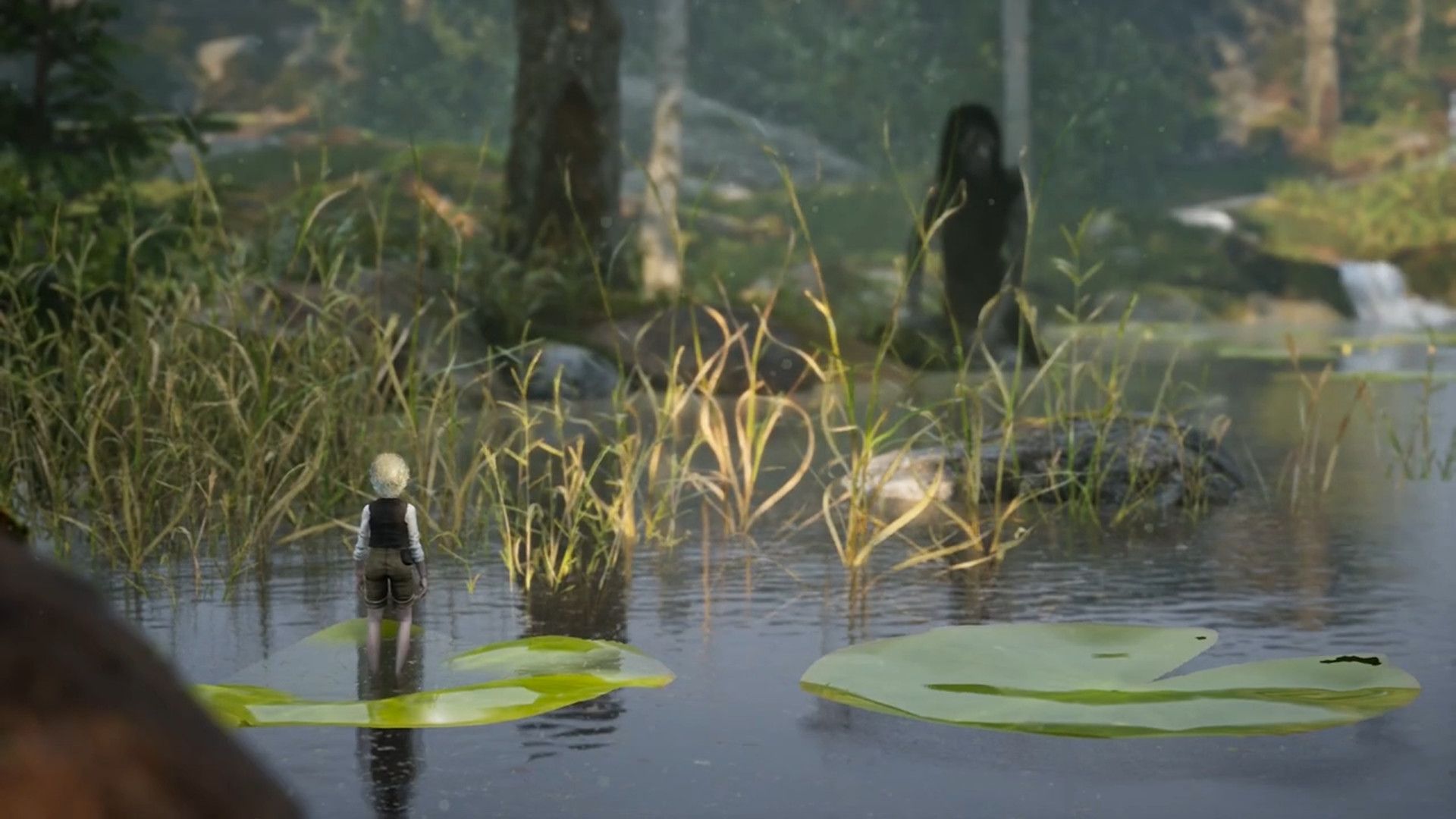
It’s essential to remember that horror and what scares you is an incredibly personal thing. While our tolerances for scares will always differ, some of the best indie horror games are certainly capable of spooking all kinds of folks - and there are several recurring themes I find in these games that feed into this idea.
One thing in particular I’ve found with indie horror games like Little Nightmares, Bramble: The Mountain King, and Limbo, is that they have a way of making you feel incredibly small, introducing a sense of scale that works against you, making you feel a childlike fear or intimidation. Compared to the enemies and environments you come up against, you are a mere speck in its landscape. This feeling is exaggerated by putting you into the shoes of a young protagonist, usually a child, who has been challenged with the need to go and find something lurking in the shadows such as a relative, a sentimental object, or an escape from something awful.
Pair this feeling of insignificance with the recurring theme of being the only thing enemies and antagonists want to get ahold of - usually involving epic chases and a constant sense of dread - and it takes things up another notch. It’s stuff like this that constantly keeps you on the edge of your seat, fuelled with scare-driven adrenaline, as opposed to larger series’ which will usually use swelling music or a lack of entirely to signify something is about to happen. Because of this, you’re kept on your toes and almost always feel as though you’re a few seconds away from having to book it, and the slightest noise will have you picking up your pace.
Horrors beyond your comprehension
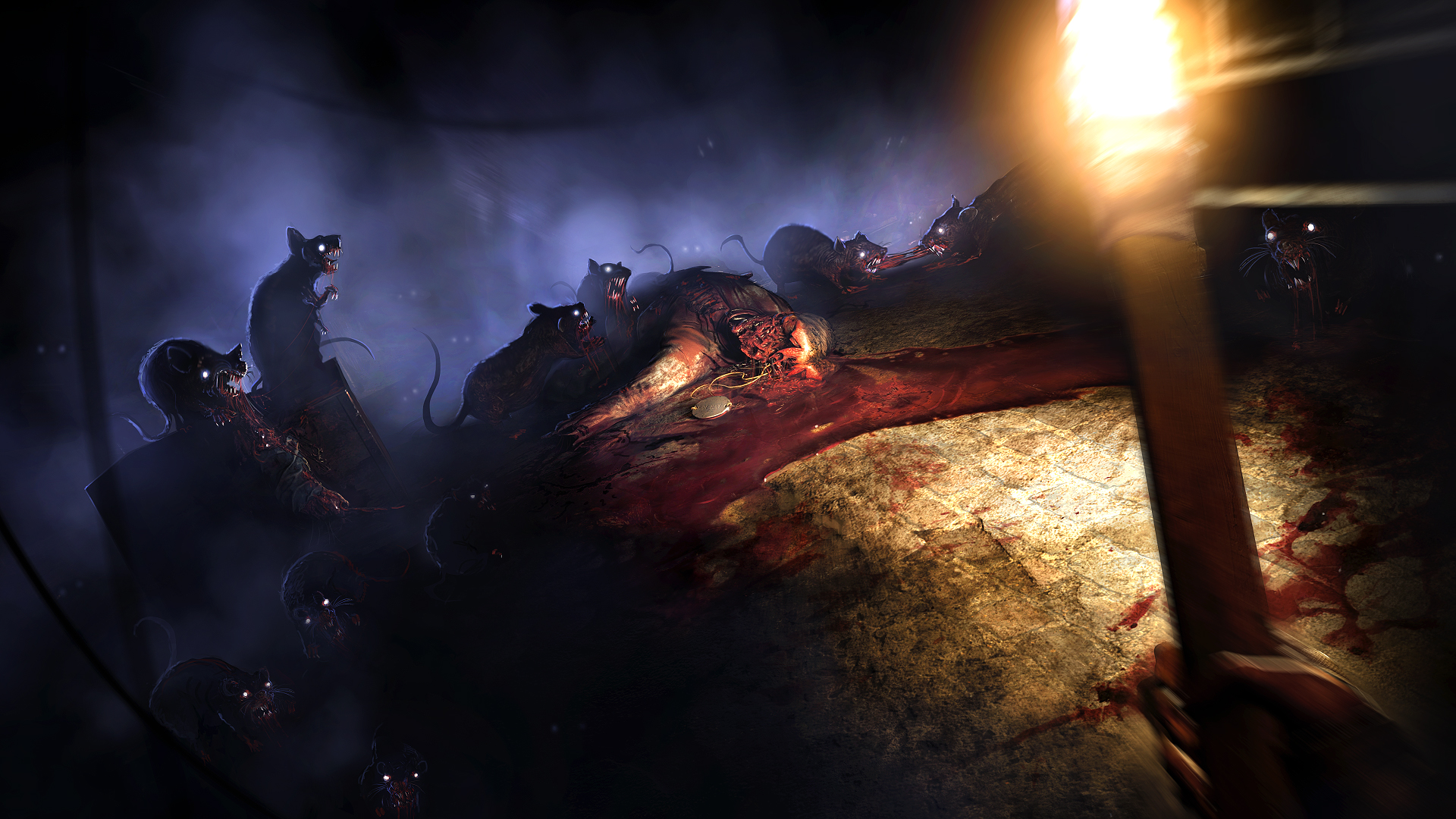
Outside of these childhood terrors that are perfectly encapsulated within these titles, a lot of indie horror games optimize true terror in their character design - often not needing hyper realistic graphics to do so.
Get daily insight, inspiration and deals in your inbox
Sign up for breaking news, reviews, opinion, top tech deals, and more.
While a lot of larger-budget horror games will make things so realistic they’re unsettling to look at for long periods of time, a lot of creatures you find within indie horror games will captivate you so much you want to keep staring in order to get a better look. The Mortuary Assistant, for example, one of the most terrifying horror games I’ve ever played, isn’t reliant on things being hyper realistic to unsettle you, but its character design is so grotesque you can’t help but look even though every fibre of your being is telling you to look away.
But that’s not always the case. Series like Outlast and Amnesia will offer you horrors beyond your comprehension which really feel like you’re embedded into a Saw movie. But while you don’t have a huge amount of opening to fight back against them (not that you’d want to) you are more encouraged to battle rather than in a game like Little Nightmares which just asks you to run. Regardless of the fact most of the time this just involves throwing items like bricks or broken bottles in the general direction of your enemy as you turn and run rather than going toe to toe combat.
Run to the hills
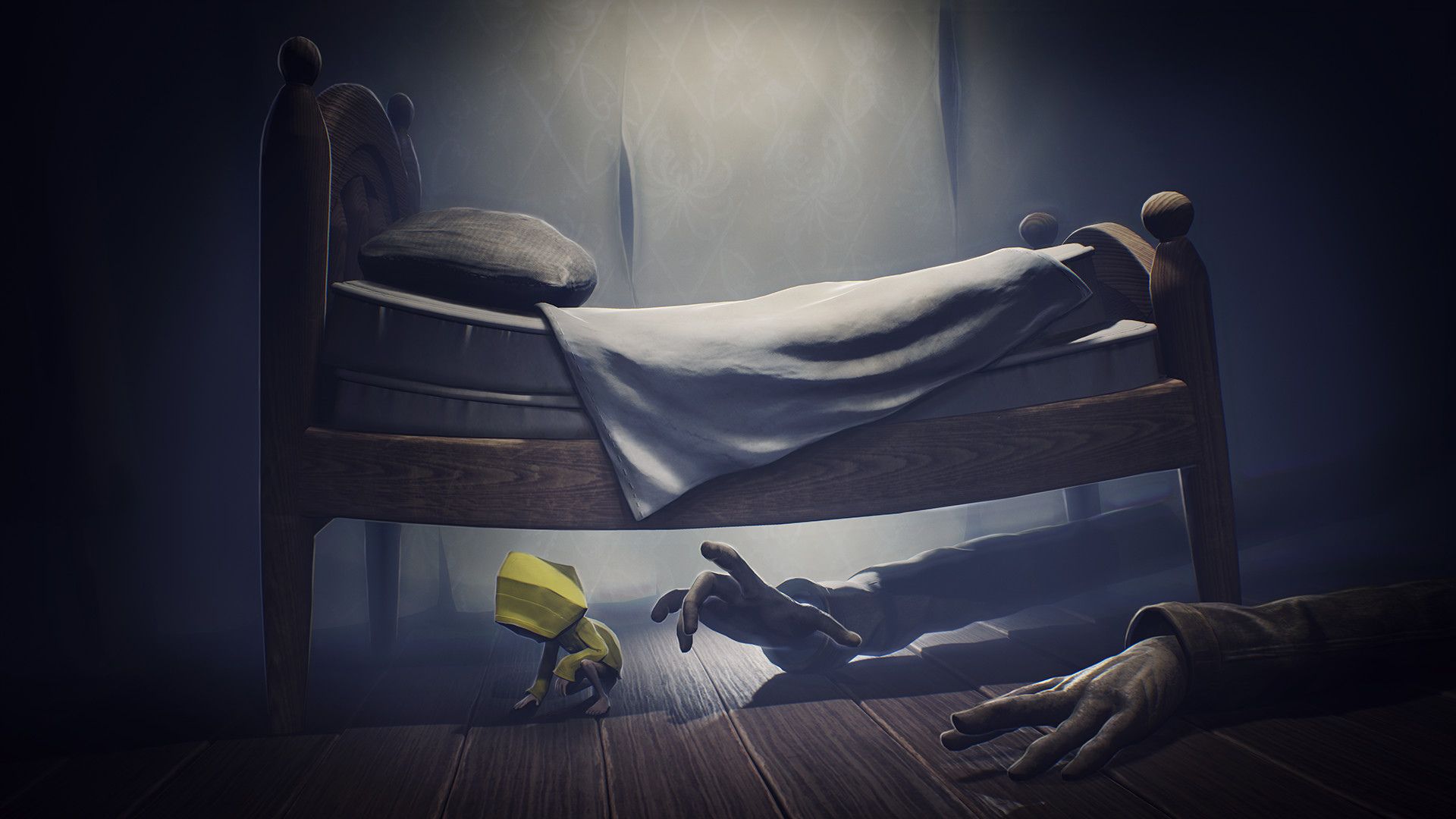
Largely, I prefer horror games that don’t rely on a lot of combat. In a real-life experience where I’m being chased by some sort of killer monster, the last thing I’m going to do is turn around and fight back. But, fortunately, the vast majority of my favorite indie horror games are incredibly narrative-driven and use their atmosphere through things like haunting music and well-placed fog rather than hand-to-hand combat.
Another way indie horrors tend to instil more fear in me than other games is down to fight or flight. This plays a huge part in the indie horrors since most of the time these games encourage you to flee rather than confront something head-on - however the way this this lack of choice is presented adds tension by making you feel like you’ve got a little bit of wiggle room in fighting back. For example, in Little Nightmares you can use certain items like a hammer to progress through areas, and I’m pretty sure it could do some serious damage to an enemy should you swing it at the right time, but you’re never able to use these items as a weapon so the moment passes fleetingly without incident; like a missed opportunity.
So it’s probably a good thing I don’t have to face off with horrendously intimidating, grotesque enemies because I’d probably just curl up in a ball on the floor and cry for a while until I meet my fate. At least in indie horror games, I can produce faux confidence and not have to face the consequences myself when this doesn’t work or I can’t run fast enough. My fight or flight will almost certainly force me to run in real life, but my love for indie horrors will let me pretend otherwise - even just for a little while.
If you’re looking for a game on the different side of the spectrum, then we have a list of the best cozy Switch games that offer a much more relaxing atmosphere.
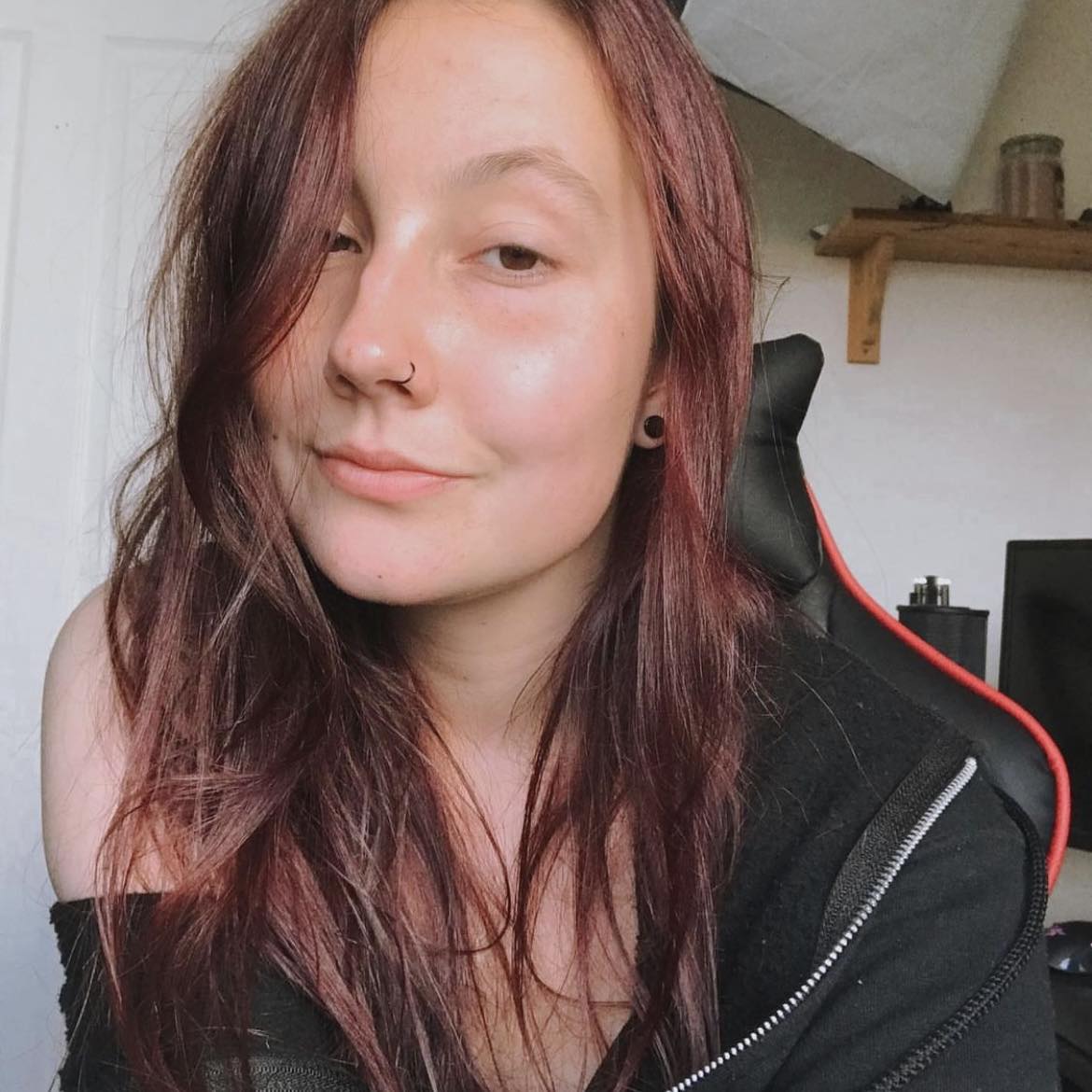
Kara is an Evergreen writer at TechRadar Gaming. With a degree in Journalism and a passion for the weird and wonderful, she's spent the last few years as a freelance video game journalist, with bylines at NintendoLife, Attack of the Fanboy, Prima Games, and sister publication, GamesRadar+. Outside of gaming, you'll find her re-watching Gilmore Girls or trying to cram yet another collectible onto a shelf that desperately needs some organizing.